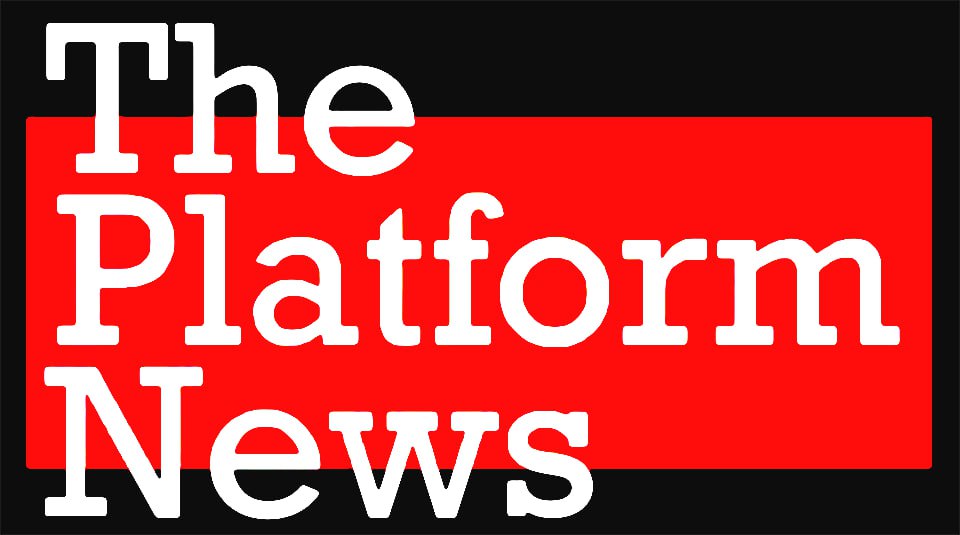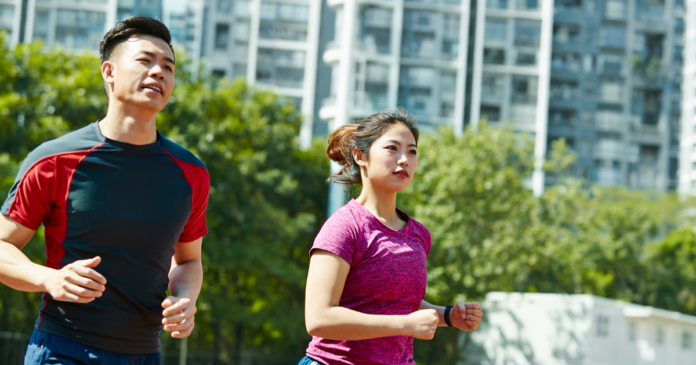The Philippines has seen a surge of runners over the past decade. From events and former standouts to your average Juan Dela Cruz looking to stay fit and healthy, running became their go-to activity to burn calories, break personal records, go the extra mile, and for others, the start of their multisport journey.
What started as a leisure activity following the onset of the COVID-19 pandemic, the sport of running became more than just an instant craze; it created a phenomenon, a cult following, and opened the doors into what is aptly described as the country’s “running era.”
For what it’s worth, Filipinos are lured into running regardless of their fitness level, personal goals, or social status. One vital factor, however, is the health benefits that come with running. It’s no secret that hypertension, diabetes, and obesity are rampant diseases in the Philippines, and running is probably the easiest and most accessible way for them to make that shift to a healthier lifestyle.
Running is fairly simple. Beginners start by walking around their subdivision and gradually shift to brisk walking. Once they get used to the activity, they venture out to jog to their favorite café. After a while, they increase their distance, speed, and pace and, eventually, sign up for their first race. It’s a transition that’s easy for the body and doesn’t need peak physical conditioning.
Fashion is another aspect of why Filipinos are turning to running. In a world where carbon-plated super shoes are just a click away from the store to their feet, running provides a stable platform for companies to release a plethora of novel accessories, multicolored sportswear, and gear to entice the newbie runner to pursue the sport. Content creators have also found a niche in running that introduces new trends, races, and groups to the general public.
The community that the running era also created a sense of belongingness for people from all walks of life. Running groups up the ante and welcome runners for weekly training sessions, talks, and personalized coaching. From there, they can follow each other on Garmin, Strava, and social media channels in such a way that PF Atleta wrote that running groups are the new Tinder of this generation.
Mental clarity can also be associated with our penchant for running. This is particularly true in the sport’s training and the gradual (or almost delayed) gratification of breaking your personal best. Training for a marathon or any long-distance event has long been associated with patience, while the race itself constitutes a runner’s ability to persevere, shutting down all other external factors and focusing on finishing without the risk of breaking down or “hitting the wall.”
Crossing the finish line, whether it may be on their first 3K, 5K, 10K, half-marathon, full marathon, or even an ultramarathon, comes with a sense of self-fulfillment. After months of hard work, dedication, and sacrifice, stopping your fitness tracker that shows that you’ve conquered yet another milestone, podium or not, easily lifts the spirit and breaks down any emotional baggage that comes with training and the urge to go further.



